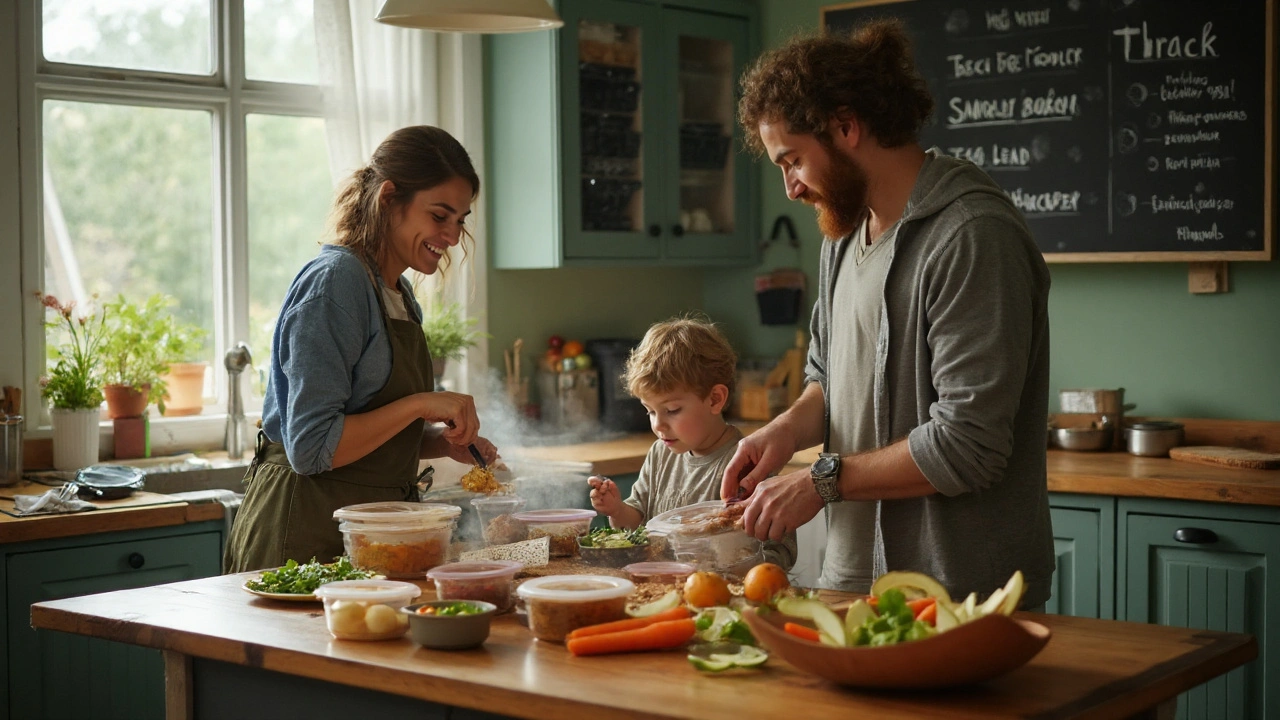Meal Planning Made Easy: Simple Steps for a Healthier Week
Ever stare at the fridge and wonder what to cook? Meal planning turns that dread into a quick, stress‑free routine. It’s not a fancy diet, just a handful of habits that keep your meals balanced and your grocery trips short.
Start by picking a day—Sunday works for most people—to map out the next seven meals. Grab a piece of paper or a phone app, jot down breakfast, lunch, dinner, and a snack for each day. Having a visual guide stops you from defaulting to takeout when you’re tired.
Why Meal Planning Works
First, it saves money. When you know exactly what you need, you avoid impulse buys and wasted groceries. Second, it improves nutrition. By planning ahead, you can make sure each meal has protein, veggies, and whole grains, instead of grabbing whatever’s closest.
Third, it cuts cooking time. If you batch‑cook staples like rice, beans, or roasted veggies on your planning day, you only need to reheat or combine them later. That means dinner can be on the table in 15 minutes, even after a long workday.
Quick Meal Planning Tricks
Use themes. Assign a protein or cuisine to each day—Monday chicken, Tuesday beans, Wednesday pasta. Themes limit decision fatigue and keep variety without extra thought.
Keep a “go‑to” list of 5‑10 simple recipes you love. For example, the site’s "Healthy Gluten‑Free Breakfast Recipes" gives you quick, high‑protein options that are easy to prep ahead. Swap in a few of those for busy mornings.
Don’t forget snacks. Pack portable, kid‑friendly bites like the "Top 10 Healthy Picnic Snacks"—think nuts, fruit slices, or cheese cubes. Having these on hand stops you from reaching for chips.
When you shop, follow the perimeter of the store first. Fresh produce, lean meats, and dairy live there. Then head to the aisles for whole‑grain pasta, canned beans, and spices you’ll need for your weekly menu.
Finally, stay flexible. If a plan falls through, have a backup like a simple stir‑fry or a bowl of soup. The goal isn’t perfection, just fewer last‑minute decisions.
Give these steps a try this week. You’ll notice the fridge looking more organized, the grocery bill shrinking, and your energy staying steadier. Meal planning isn’t a chore—it’s a shortcut to feeling good every day.
Healthy Diet as a Lifestyle: Sustainable Eating Habits That Last
- Leonard Trimble
- Sep, 8 2025
Turn healthy eating into a lifestyle. Practical steps, meal templates, and checklists to build habits, shop smart, and stay consistent without fads.
Learn More